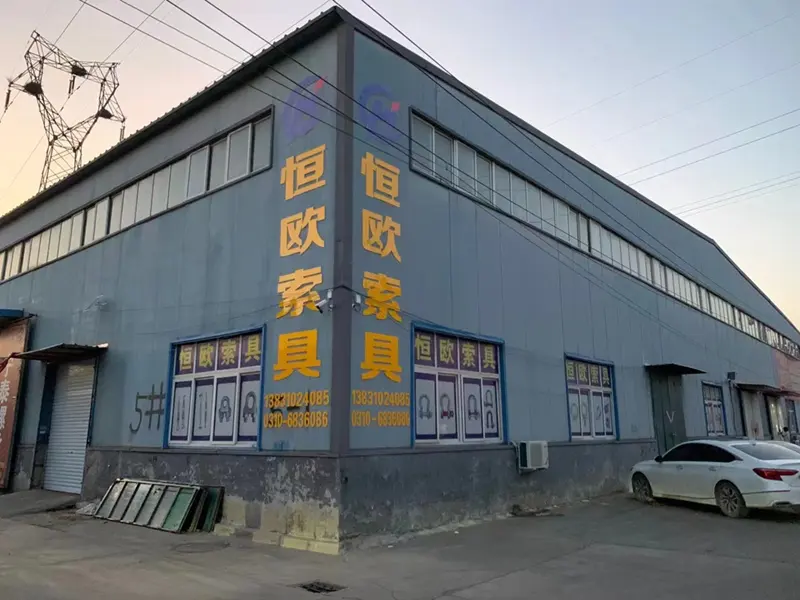
Sep . 26, 2024 03:29 Back to list
Structure and Properties of Hydroxyethyl Cellulose for Diverse Applications in Industry
Hydroxyethyl Cellulose Structure and Applications
Hydroxyethyl cellulose (HEC) is a non-ionic cellulose ether derived from natural cellulose, which is widely used in various industries due to its unique properties. The structure of HEC is characterized by the substitution of hydroxyl groups with hydroxyethyl groups on the cellulose backbone. This modification enhances the solubility of cellulose in water, making HEC a valuable thickening and binding agent in many formulations.
Hydroxyethyl Cellulose Structure and Applications
The resulting product is a white, odorless powder that is soluble in both hot and cold water, forming a transparent and viscous solution. One of the noteworthy aspects of HEC is its shear-thinning behavior, which means its viscosity decreases under shear stress. This property is particularly advantageous in applications where easy handling and application of viscous solutions are necessary.
hydroxyethyl cellulose structure

HEC is widely utilized in various sectors, including pharmaceuticals, personal care, and construction. In pharmaceuticals, it serves as a binder in tablet formulations and a thickener in liquid medications and gels, ensuring consistency in texture and dosage. In personal care products, it acts as a thickener, stabilizer, and film-forming agent in lotions, creams, and shampoos, contributing to the desirable texture and performance.
In the construction industry, HEC is often used as an additive in cement, mortar, and plaster. It enhances the workability of these mixtures, improves water retention, and helps in controlling the setting time, which is crucial for achieving optimal performance in building materials.
In conclusion, hydroxyethyl cellulose stands out due to its unique structure and multifaceted applications. Its ability to improve the viscosity and stability of various products makes it an essential ingredient across multiple industries, reflecting its importance in both everyday and specialized products. As research continues, the scope of HEC applications is expected to expand, further highlighting its versatility and utility in modern formulations.
-
Versatile Hpmc Uses in Different Industries
NewsJun.19,2025
-
Redispersible Powder's Role in Enhancing Durability of Construction Products
NewsJun.19,2025
-
Hydroxyethyl Cellulose Applications Driving Green Industrial Processes
NewsJun.19,2025
-
Exploring Different Redispersible Polymer Powder
NewsJun.19,2025
-
Choosing the Right Mortar Bonding Agent
NewsJun.19,2025
-
Applications and Significance of China Hpmc in Modern Industries
NewsJun.19,2025







